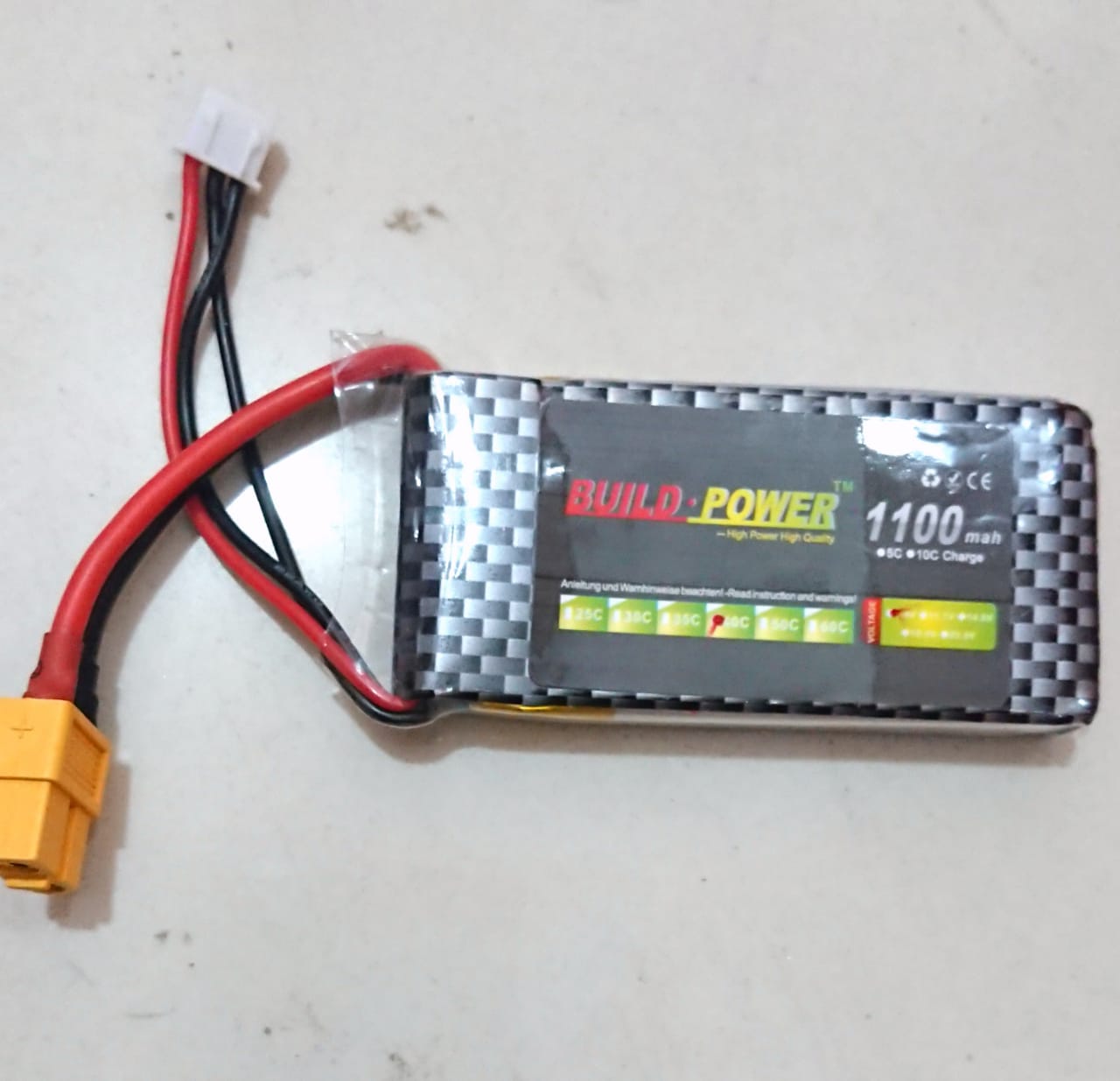LiPo’s, or more correctly Lithium Polymer, batteries are the most common way today of powering electric RC models. Planes and helicopters are biggest beneficiaries of the development of LiPo batteries because they are very light in weight compared to the amount of energy they can store. They also have high discharge rates compared to conventional rechargeable batteries (NiCad or NiMH) enabling them to provide the huge bursts of power required by high performance motors used in extreme flight manoeuvres. It is the innovation of the LiPo rechargeable battery that has enabled electric power to become so popular for RC helicopters, brought the cost down and opened the wonders of flying RC helis to a much wider audience who would never otherwise have entered the hobby.
For all their advantages there are a few downsides to LiPo’s; namely their relatively high price, whilst having a lifespan that is quite limited. You need to care for them properly if you are going to get even 300 – 400 cycles out of them. In order to do this you need a little knowledge on how to care for them (see article by the same author; ‘How To Care for lipo batteries – see link at bottom of the page). There is a degree of hazard involved with LiPo’s, the volatile electrolytes have been known to catch fire. This is not something that I would overplay but it is something that you need to be aware of and should always be kept in mind.
There are a few numbers on LiPo batteries that you need to particularly look out for, which determine its rating and suitability for your particular model. The main ones are the batteries voltage (V), its capacity (mAh) and its discharge rate or ‘C’ rating.
So, to the first of these – voltage. LiPo battery packs are built up of cells each with a voltage of 3.7v. Those used in radio controlled helicopters, planes and the likes will normally be 1 to 6 cells each of 3.7v. LiPo’s will normally state the number of cells (S) but do not always show the voltage. So a 1S pack will be 3.7v, a 2S pack is 7.4v and a 3S pack 11.1v, right the way up to a 6S pack at 22.2v. Why is ‘S’ used to represent the number of Cells? Well it is the number of cells in Series and ‘C’ is used to represent the discharge rate. Ok, ‘C’ for Discharge rate! Makes sense! Well actually there is sense in it as the discharge rate is a factor of the Capacity of the cell. This will all become clearer later. If there are a number of cells in Parallel this will be given a ‘P’ number, but other than very large capacity LiPo’s packs are usually 1P. So you might see “4S 2P” written on a LiPo, indicating that there are 2 lots of 3 cells in series hooked up in parallel.
The important thing though with voltage is simply to ensure that you have the correct voltage LiPo’s for your particular model. This will be determined by the motor and speed controller combination of the model. You simply follow that. So if it states you need an 11.1v 3S LiPo you get just that for your model. The capacity and discharge rate of the LiPo’s can be easily varied but the voltage must be right.

